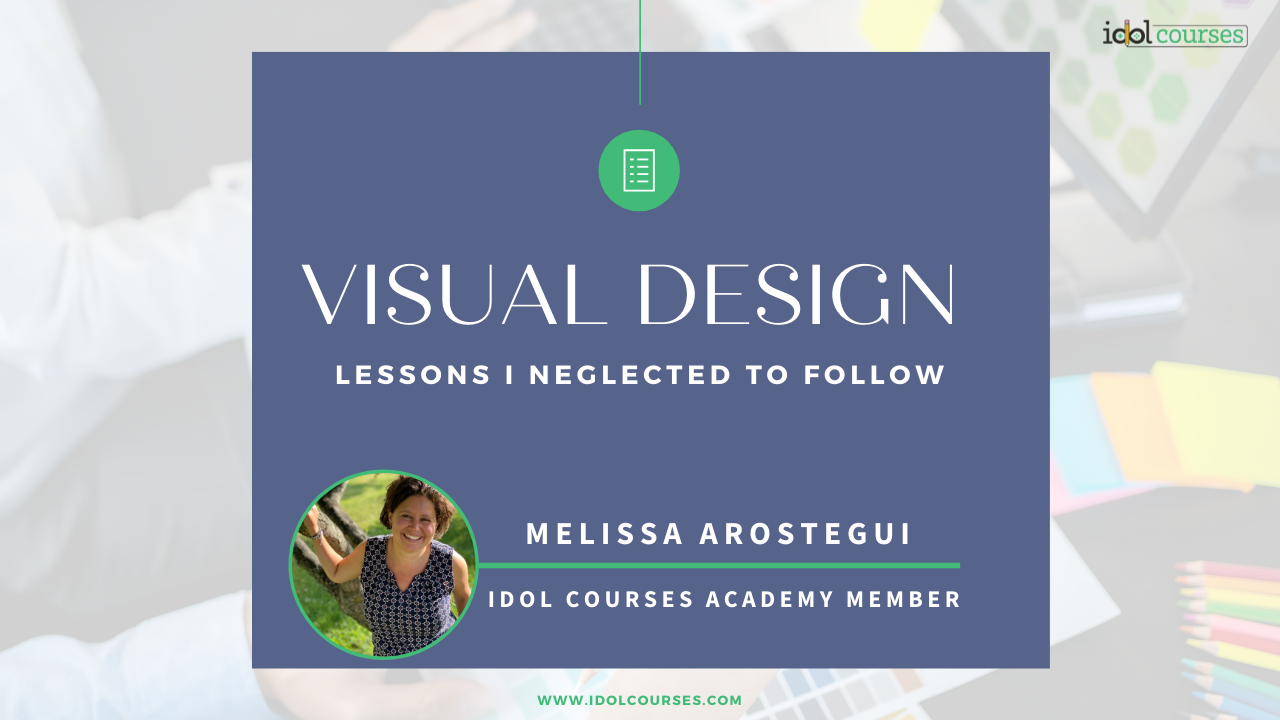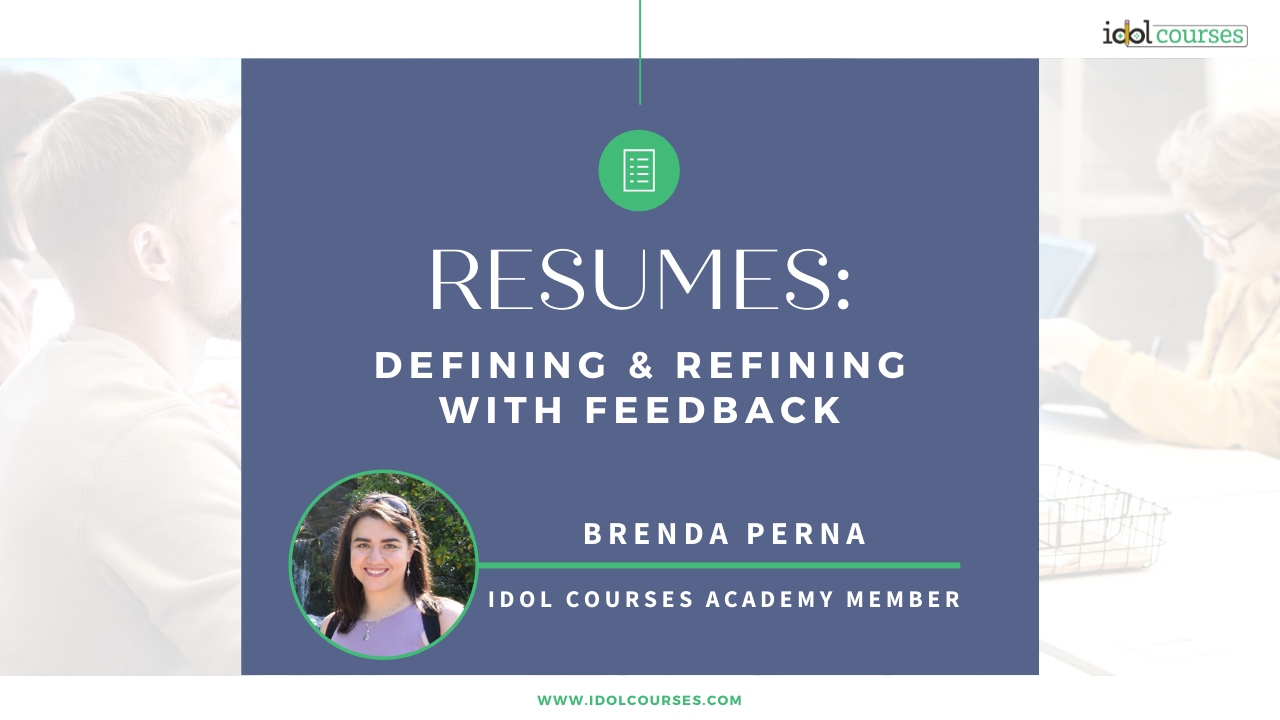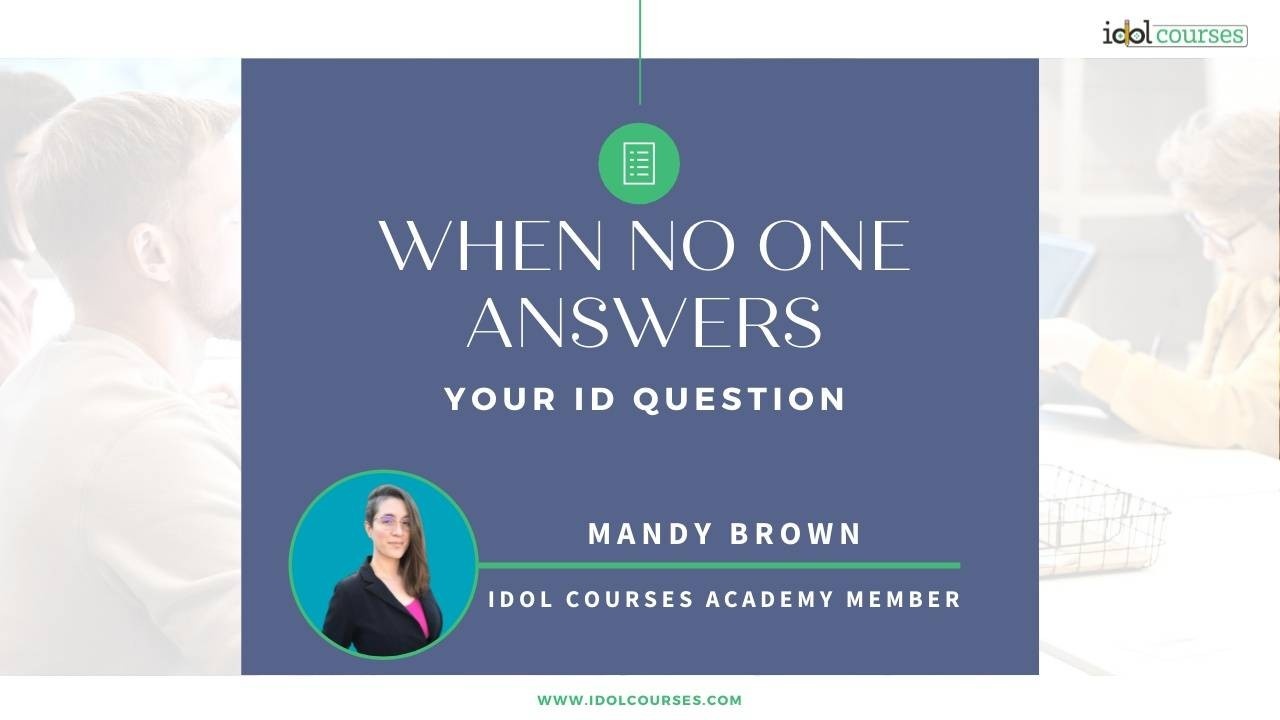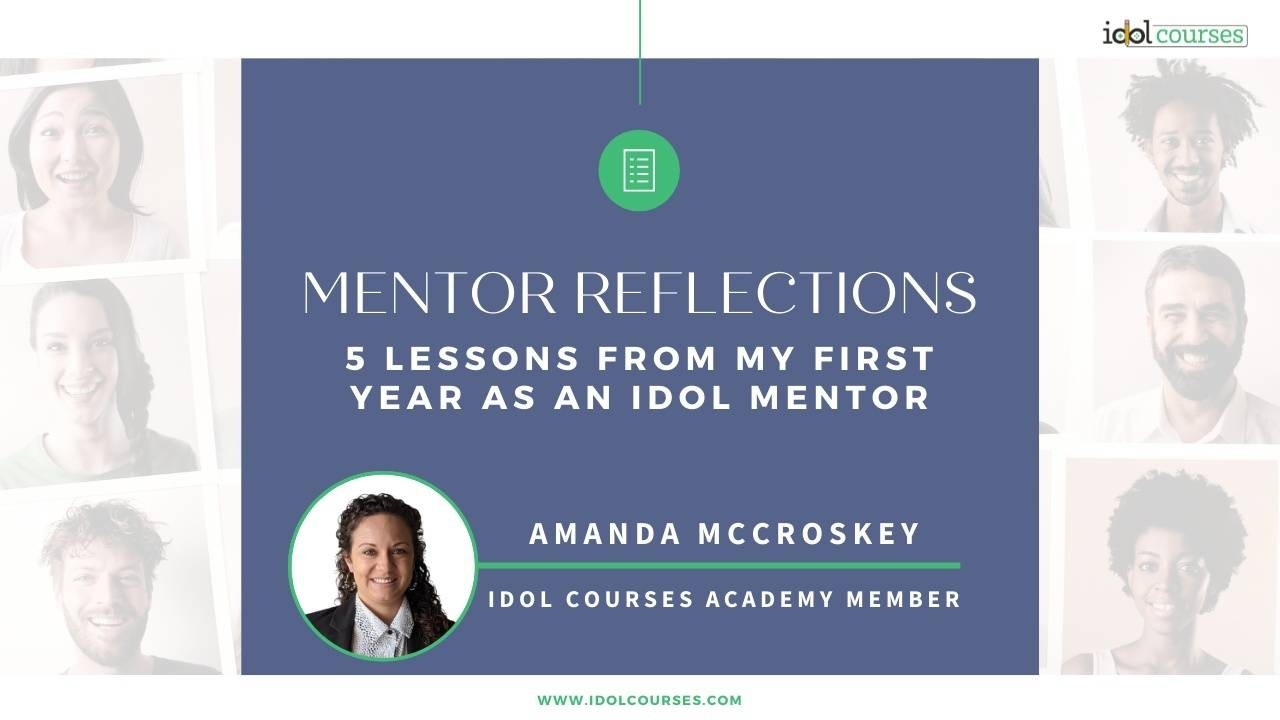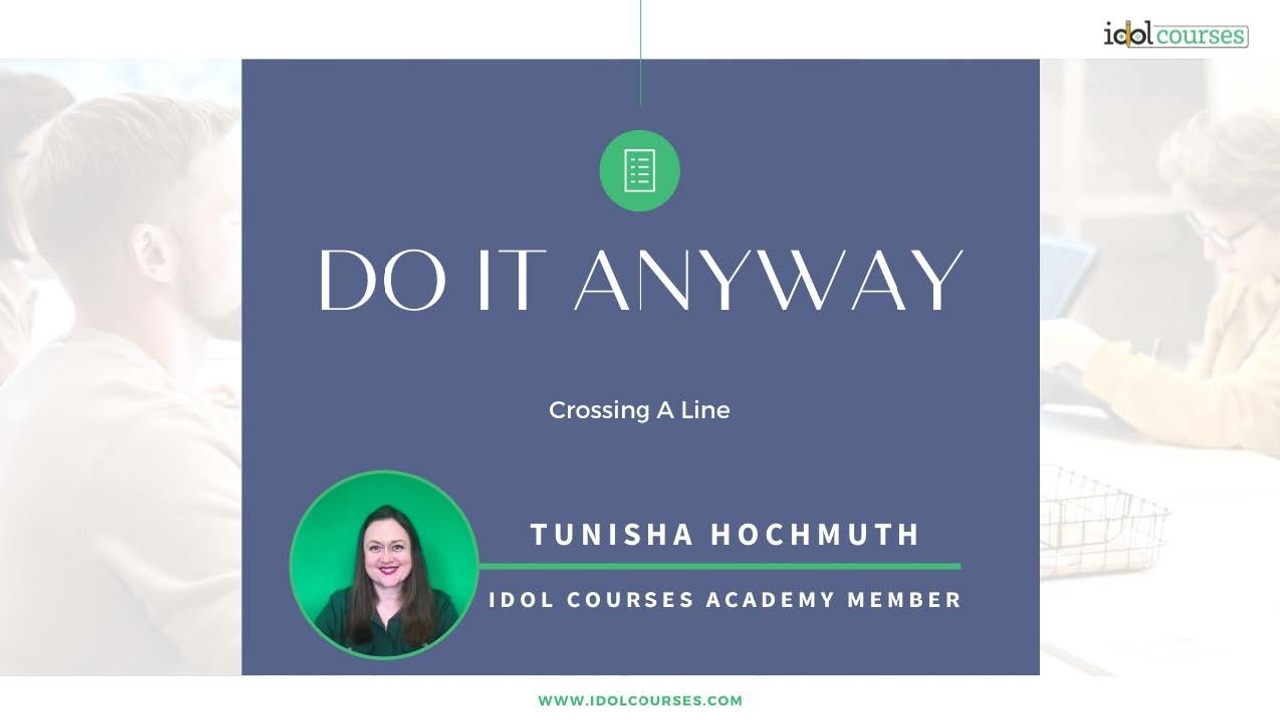
Elevate your instructional design expertise.
Stay ahead with industry news and discover valuable tips and tricks on the IDOL Blog.
Taking ADDIE to the Church the Business Side
May 20, 2022
Resumes: Defining and Refining with Feedback
May 06, 2022
Start now! 3 Ways to Overcome Perfectionism
May 06, 2022
Reading the Last Page of the Book First
Apr 28, 2022
The Rubric of Salary Negotiations
Apr 14, 2022
When No One Answers Your ID Question
Mar 24, 2022
You Have Permission: To Make a Major Career Shift
Feb 25, 2022
Do It Anyway: Crossing a Line
Feb 18, 2022
Doing it Messy - An IDOL Mentor’s First Portfolio
Feb 03, 2022

